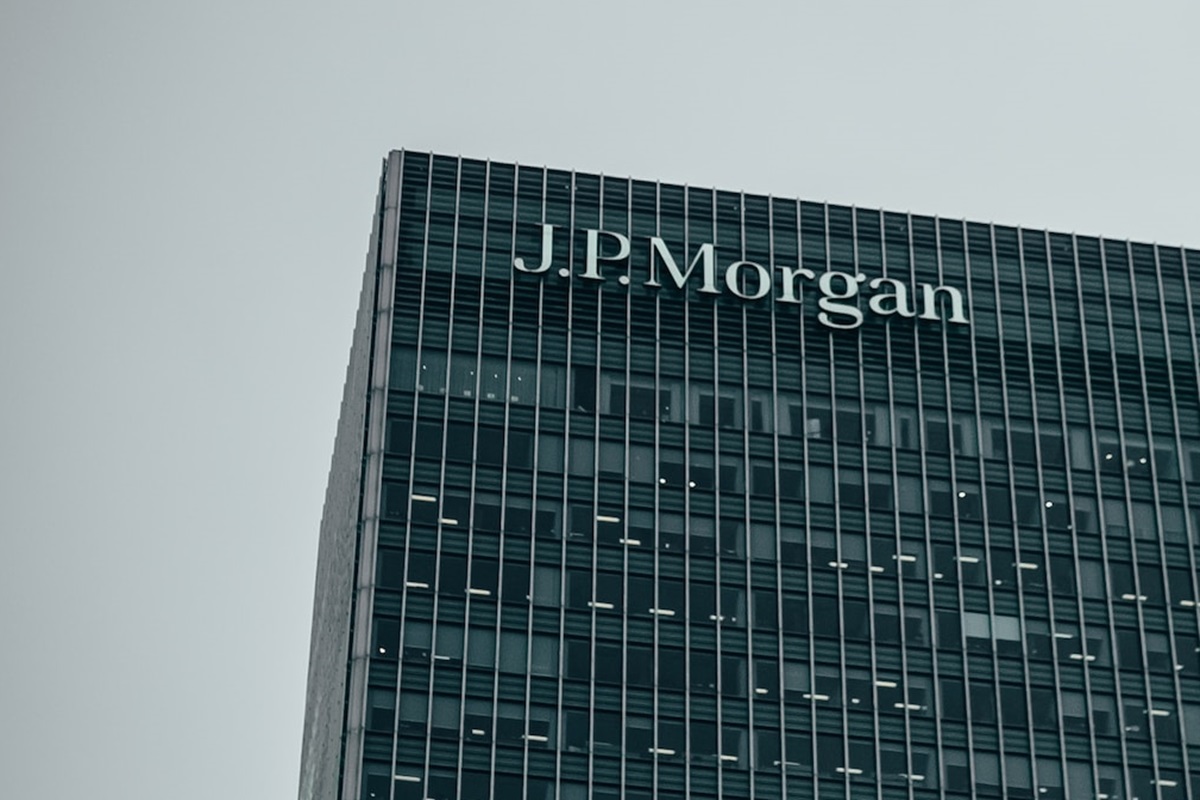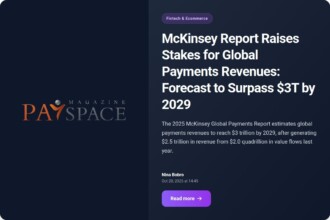JPMorgan Chase on Friday, January 12, released a profit report for the fourth quarter of 2023.

The mentioned bank’s profit for the period from October to December last year amounted to $9.3 billion. This figure is 15% lower than the result for the last three months of 2022. Also, the lender’s profit for the bygone quarter did not meet the preliminary expectations of analysts.
The specified data indicates a negative state of affairs but such a characteristic can be designated as a kind of conditional part of the truth or partial truth.
The financial institution officially called last year as the most profitable in its history. The lender’s report contains information that its revenue in 2023 amounted to $158 billion. This figure increased by 23% year-on-year. The profit of the financial institution last year amounted to $49.6 billion. This figure is 32% higher than the result of 2022.
There is an explanation for the discrepancy between information about the performance of a financial institution and the assessment of analysts who say that the bank is not on the wave of success. The reason for this was the crisis in the regional banking sector.
Last year, the Financial Deposit Insurance Corporation needed about $23 billion to stabilize after the collapse of Silicon Valley Bank and Signature Bank. JPMorgan Chase’s profit declined due to a one-time charge of $2.9 billion. The financial institution had to pay this money due to the crisis in the regional banking sector. JPMorgan Chase’s earnings would have been about $3.97 per share without this one-time charge. The bank to some extent does not identify the above-mentioned expenditures as a loss.
The financial institution is the largest bank in the United States by assets. This lender is often seen as a kind of leader and reference point for other Wall Street organizations. Other American banks are currently also facing problems.
The spokesperson for JPMorgan Chase said in an email sent out Friday morning that the lender’s net income was reduced by $0.74 per share due to payments related to the crisis of regional creditors. This letter also indicates that earnings per share of $3.04 in the fourth quarter in the official report may seem like a mistake, but this is not the case, since many analysts’ estimates do not provide for $0.74 per security, which was paid to the Financial Deposit Insurance Corporation.
Excluding fees related to the regional banking crisis and investment losses of $743 million, earnings would have been $3.97 per share, according to JPMorgan Chase.
The value of JPMorgan Chase shares increased by 27% in 2023. This indicator is the best among all major financial institutions in the United States.
Jamie Dimon, the bank’s CEO, said that the lender’s performance in 2023 is a record. The financial institution’s profit last year amounted to almost $50 billion, of which $4.1 billion was received from First Republic.
Last year’s crisis in the regional banking sector strengthened JPMorgan Chase’s financial condition. In 2023, the lender acquired First Republic, a medium-sized bank specializing in servicing wealthy families. This deal has made the financial institution bigger and richer.
Jamie Dimon, positively assessing the performance of the bank he heads, is less optimistic about the prospects for the economic system of the United States. He notes that consumers continue to spend, and markets expect a soft landing, but at the same time, deficit spending and supply chain adjustments may provoke a longer duration of inflation, and the policy of financial authorities regarding interest rates, may be less positive than the public’s hopes. However, Jamie Dimon stated that the American economic system remains stable.
The head of JPMorgan Chase also noted that potential decisions by central banks to reduce support programs, and military conflicts pose a threat to markets and economies. According to him, against the background of these realities, caution should be maintained.
JPMorgan Chase was able to navigate the economic conditions formed by the Federal Reserve’s policy of raising interest rates, the implementation of which began in 2022. Against this background, smaller lenders recorded a decrease in profit volumes. The industry had to actively pay for deposits, as customers began to transfer cash into high-yield instruments, reducing margins.
As we have reported earlier, Citigroup Fixes $1.8 Billion Fourth-Quarter Loss.









